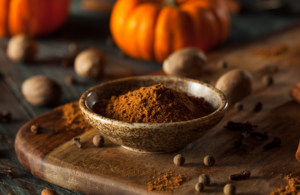LADIES AND GENTLEMEN, THE GREAT PUMPKIN
- By Michael Emeleus
- Published October 26, 2021
- Updated October 26, 2021
- No Comments
- Read Time: 10min
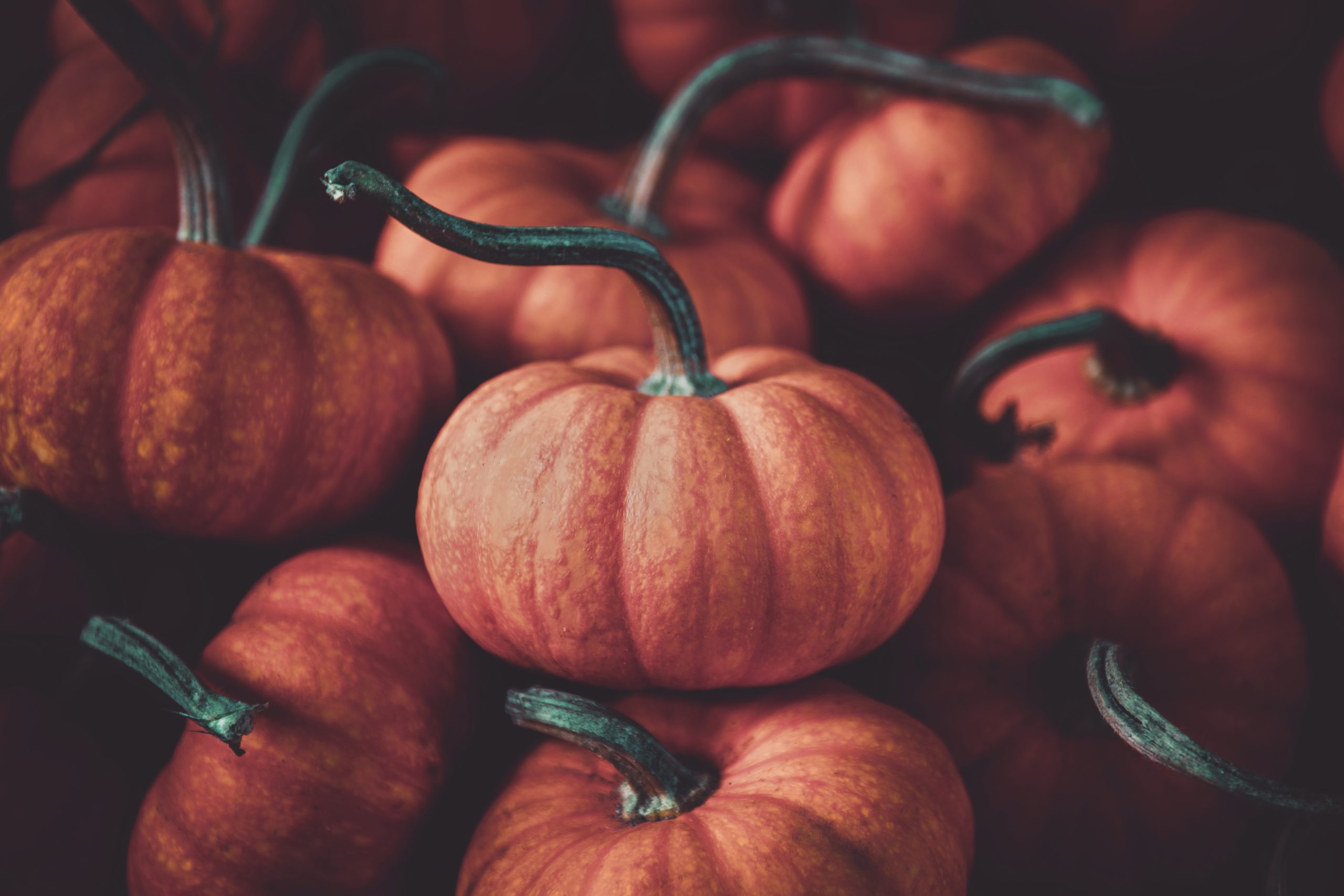
TABLE OF CONTENTS
AFFILIATE DISCLAIMER Some of the links below are affiliate links, meaning that at no additional cost to you, we will receive a commission if you click through and make a purchase. For more information, read our full affiliate disclosure here.
MEET THE PUMPKIN: CINDERELLA, SOME LATIN & BABY BOO
There’s something that we at The Hungry Herald seriously dig about the pumpkin and it is our honour to celebrate it in our very first post. Each year, whether we find ourselves waiting with Linus in the patch, or watching people fire pumpkins clear across the farm with pneumatic cannons on YouTube, or maybe wondering how Dwight Schrute just couldn’t get that sucker off his head, the pumpkin simply knows how to warm the cockles of our collective heart. And so, we humbly invite you to put on your pumpkin pants and, without any further ado…
Bibbidi-bobbidi-boo
Long before Cinderella was rolling around town in the most pimped-out squash of all time, the pumpkin as we know it and its illustrious descendants already had some serious mileage. Although Charles Perrault’s 1697 retelling of the classic fairytale features one of the earliest — and most memorable — appearances of the pumpkin in print, we’re talking about a trip that goes way back, starting sometime around the dawn of agriculture.
That’s right, our friend the pumpkin is as old-school as it gets, but before we take a look back, we feel a little introduction is in order.
Some Latin
What we commonly refer to as the pumpkin is a cultivar of winter squash. It is a member of the genus Cucurbita — Latin for gourd — of the Cucurbitaceae family. Try saying that five times fast, assuming you can pronounce it in the first place. Other members of this family include cucumbers, melons and zucchini.
The most common cultivar, the one we lovingly carve for Halloween and then forget as it rots away on our doorstep, is a Cucurbita Pepo. Cinderella’s conveyance was technically a magically souped-up Cucurbita Maxima for you pumpkin nerds out there.
Full of seeds, on average around 500 per unit, the pumpkin is technically a fruit despite its teetering on the brink of vegetableness in the popular mind. It holds the distinction of being both squash and gourd as the former is known for its culinary uses and the latter is decorative in application, so win-win for the pumpkin.
Varieties
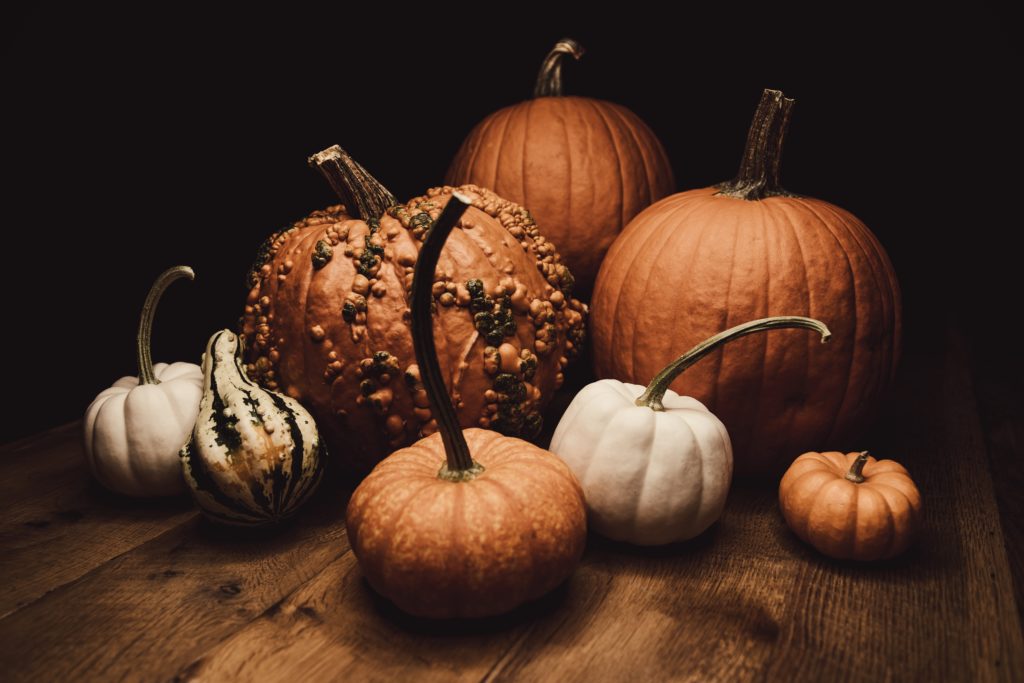
Depending on who you ask, there are anywhere between 40 and over 100 varieties, sporting a kaleidoscopic range of colours, shapes and names. Consider the adorable and ghostly white Baby Boo, the striking (especially when sliced open) Blue Jarrahdale, the beautifully bumpy Marina di Chioggia or the dare-we-touch Warty Goblin.
Its uses are manifold, its history rich and its tastiness confirmed by more than one pie. Now that we’re introduced, let’s take a closer look at the history of this delightful thing.
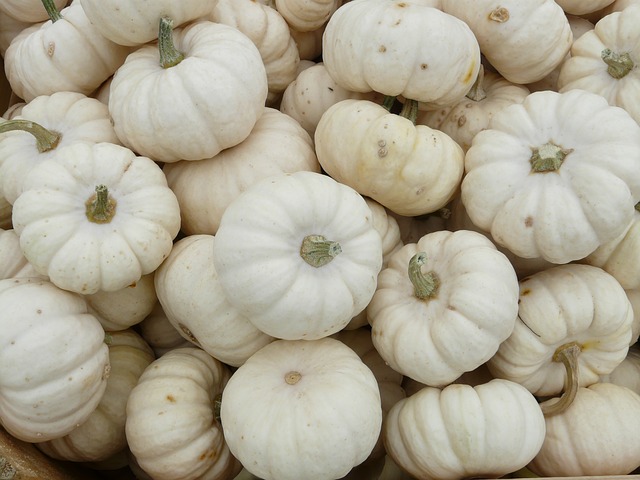
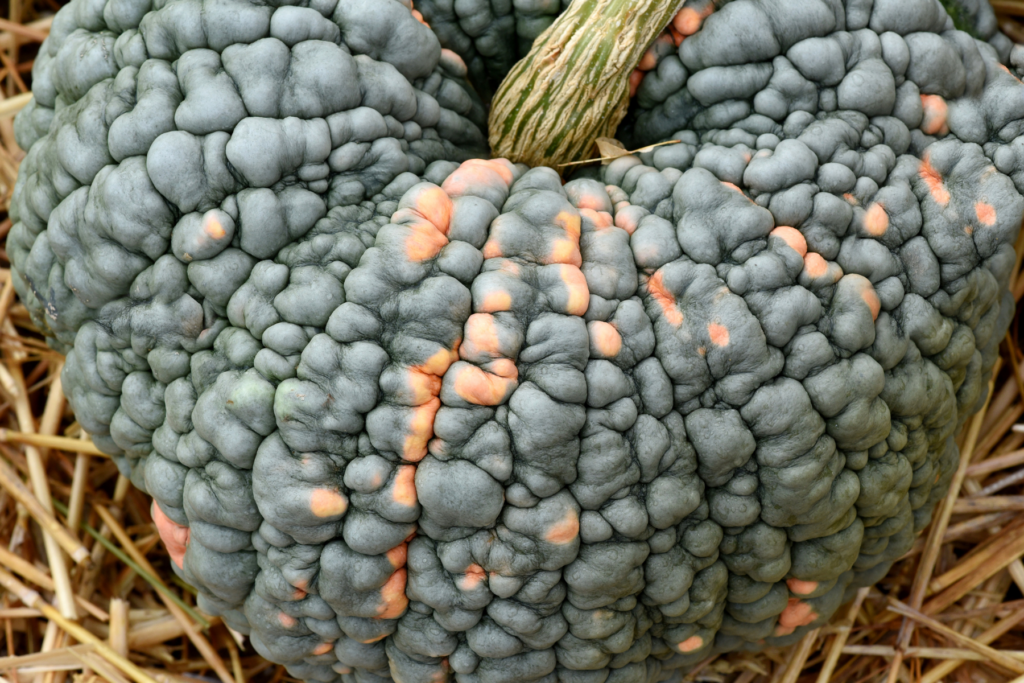
GOING WAY BACK: THE PUMPKIN’S ORIGINS, MASTODONS & EARLY USES
The earliest archaeological evidence of our favourite orange globe comes in the form of seeds found around modern-day Oaxaca, Mexico, dating back to somewhere between 7000 and 5550 BC. Said to have originated in Central America, pumpkins began to be cultivated approximately 10 000 years ago. This places them squarely in the category of the world’s oldest domesticated plants.
Fun fact. Long before domestication, the pumpkin’s bitter, wild ancestors were a favourite snack of roaming mastodons and wooly mammoths among other giant herbivores. These mammals were able to digest the toxic compound Cucurbitacin which acted as a defence against smaller herbivores and rodents. As a result, mastodons and co. were crucial in spreading the seeds of these ancient gourds far and wide (we have the fossilized dung to prove it). Following the widespread extinction of their giant, seed-pooping friends, the pumpkin’s ancestors would have gone with them if it weren’t for subsequent human intervention and selection.
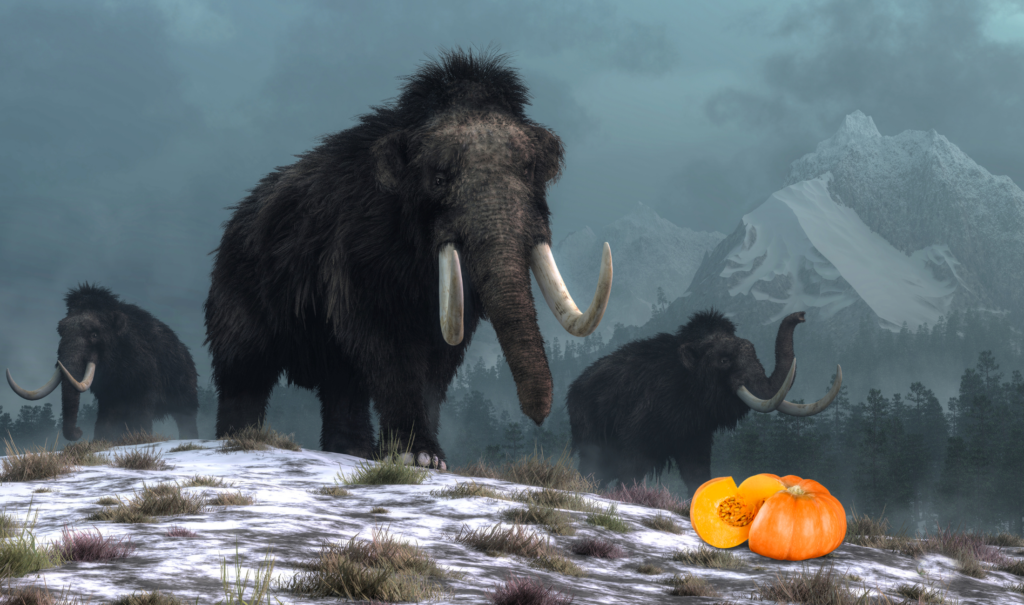
The ancestral pumpkin evolved over time but remained far from the plump, polished orange affair that we generally think of today. Rather, it was a smaller, harder, less colourful and more bitter version, not that this prevented Indigenous peoples across the Americas, from the Aztecs to the Iroquois, from embracing them wholeheartedly.
The Three Sisters & Pumpkin Mats
As Native American horticultural techniques advanced over time, so did the pumpkin’s yum factor. They progressively became a prized, highly nutritious dietary staple with ample storage potential courtesy of their tough winter melon skins, a serious bonus during times of food scarcity. In fact, the pumpkin was one of the legendary triumvirate, The Three Sisters, an Indigenous companion planting technique that saw corn, beans and pumpkin grown together in an ingenious symbiotic arrangement.
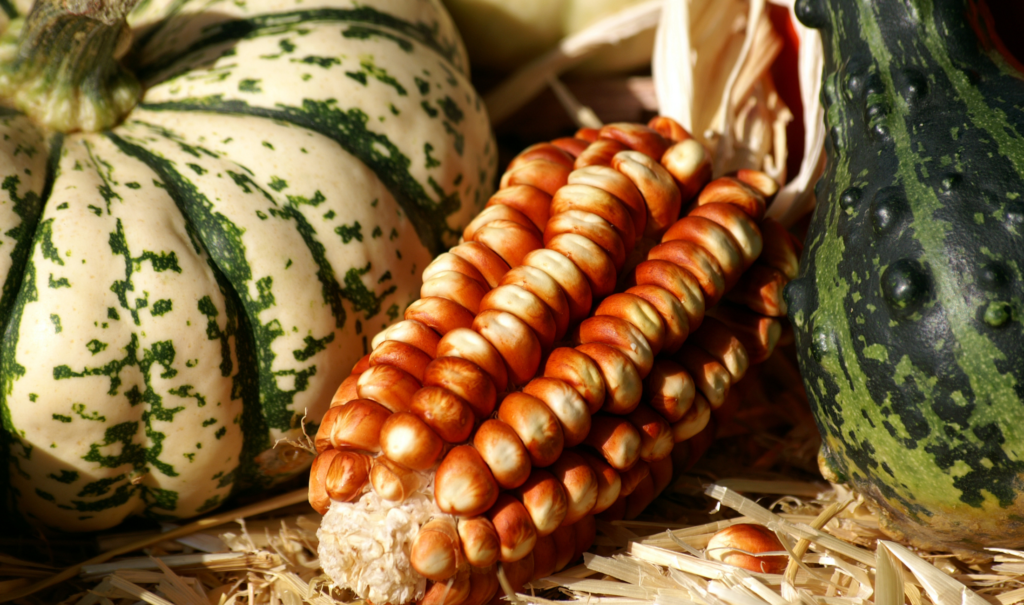
Medicinal Uses
Not only was the pumpkin a vital food source for Indigenous peoples, it had a variety of medicinal uses to boot. Snakebite? Pumpkin. Urinary issues? Pumpkin. Intestinal worms? Don’t fret Pumpkin, have some pumpkin. Apparently it was also recommended for the removal of freckles but the how and why is somewhat unclear. Whatever the case, we at The Hungry Herald say love your freckles.
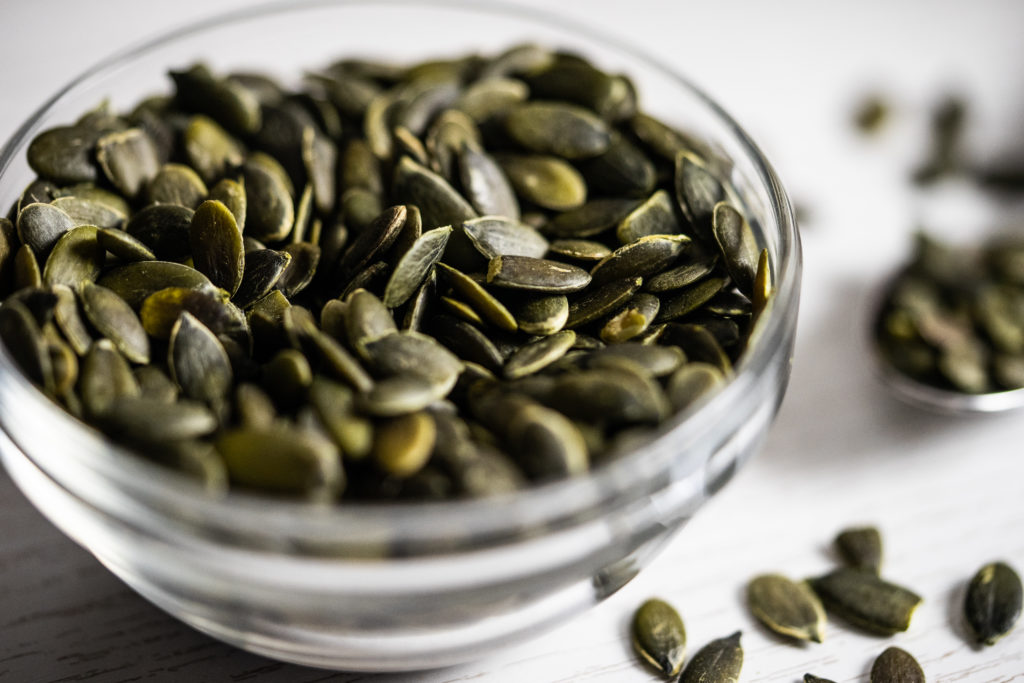
Whether or not you should be using pumpkin to treat the likes of a snakebite may be a point of medical contention these days but some of these applications made the crossover into different systems over the centuries. For example, traditional Chinese medicine (TCM) practitioners eventually adopted the use of pumpkin seeds in expelling tapeworms among other nasty things. Aaand that’s enough about tapeworms. Moving on.
Big Melons
By the time Old World explorers and later colonists came over, the pumpkin was ubiquitous and had been for some time. This was not only thanks to its vital importance as a crop, but also its flexibility in terms of where it’s able to set up shop — it is now grown on every continent with the lone exception of Antarctica, for obvious reasons.
Columbus is said to have encountered pumpkin in the Caribbean on his first voyage in 1492, later bringing seeds back to Europe with him. In 1584 and considerably further north, while exploring along the St. Lawrence River in Canada, Jacques Cartier remarked finding “gros melons”, French for big melons. He was looking at pumpkins. And this leads us smoothly into a brief etymological sidebar.
TO PUMPION OR NOT TO PUMPION: THE ETYMOLOGY
Wherefore and whence, this marvellous word pumpkin? The bumpy ride to the word we use today apparently began with the ancient Greek pepon (πέπων) meaning large melon, so Mr. Cartier was onto something. From there it changed into the Latin peponem, eventually morphing into the French pompon, possibly a reference to the pom, a round feathered adornment atop a helmet, root of the pompom.
From the French, it took shape as the English pumpion (sometimes written pompion), a word employed early on by none other than Shakespeare himself, notably as an insult at Falstaff’s expense in The Merry Wives of Windsor (l.1440).

The final mutation and one of our favourite words here at The Hungry Herald for reasons not fully understood, pumpkin, was the work of 17th-century English colonists. Although this is the most popular version of the word’s etymology, another traces it to pôhpukun, a Massachusett word meaning “grows forth round,” entirely plausible given that the English word squash is derived from the Massachusett word askutasquash. Hard to tell, feel free to weigh in.
EARLY COLONISTS, THANKSGIVING & A WHOLE LOT OF PUMPKIN
Thanksgiving
1621. Plymouth, Massachusetts. On the menu at what is commonly believed to be the first Thanksgiving, a few things would have been conspicuously absent.
There was very likely no turkey, definitely no mashed potatoes (or sweet potatoes with marshmallows for that matter), no gravy, no half-soused armchair football hooligans. Instead, what would more likely have been featured was deer, local seafood, and most definitely, pumpkin. And this would by no means be an isolated culinary occurrence for the settlers. As this rhyme from 1643 can attest, they would be in for a whole lot of pumpkin:
"For pottage and puddings and custards and pies, Our pumpkins and parsnips are common supplies: We have pumpkins at morning and pumpkins at noon, If it were not for pumpkins, we would be undoon."
New England's Annoyances, 1643
Pumpkin This, Pumpkin That
Among many other staples, Native Americans introduced pumpkins as well as the uses and agricultural practices surrounding them to the early colonists. This was of course a boon to the new arrivals. The fruit’s ruggedness and versatility left them no choice but to adopt it across the board; pumpkins became a crucial source of nutrition for both the settlers and their livestock, particularly during the harsh winters.
Pumpkin naturally found its way into everything from soups to stews to puddings to bread and it would seem that as soon as was humanly possible, pumpkin ale hit the scene. Click here for more on that sudsy goodness.
In terms of pie, the very first ones bore little resemblance to the ones that grace Thanksgiving tables today. Rather, settlers would slice the top off the pumpkin, scoop out the insides, then fill ‘er up with milk, honey and spices and roast the whole thing over hot coals. Thus the pumpkin itself was essentially the original crust. Frankly, this sounds super interesting to our ears and we look forward to giving it the old Hungry Herald try. We’ll let you know when it’s ready.
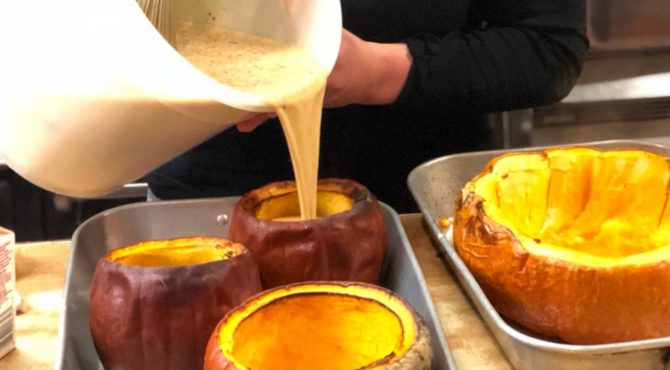
HEEERE’S JACK!
Early Halloween Traditions
On the pumpkin front, things pretty much continued apace in the colonies for some time, until new waves of immigrants from Ireland and Scotland arrived in the 19th century. A magical thing happened when they encountered the pumpkin, and things would never be the same for a certain holiday we now hold so dear.
Some Halloween traditions we recognize today had already taken shape in the Old World, with roots stretching back to the ancient Celtic celebration of Samhain marking the end of the harvest and the dreadful dawn of winter. This was a time when the boundaries between the world of the living and the dead were said to be blurred and, on the eve before Samhain, October 31st, wayward spirits were believed to be particularly active and mischievous.
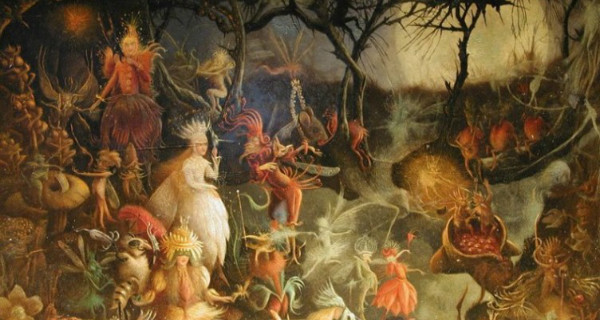
Celebrations were thus held in which participants donned costumes, made huge bonfires and carved lanterns out of any root vegetable they could find in a concerted effort to scare the shit out of what was scaring the shit out of them.
So the obvious burning question: which root vegetables? For centuries, people were carving scary faces into potatoes, rutabaga, turnips and the occasional mangelwurzel (yeah, we had to Google that too). Take a second and imagine the glow from carved potatoes on your window sill all these years and you’ll understand the upcoming enthusiasm.
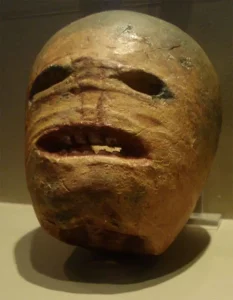
Carving Jack-’O-Lanterns was a well-established tradition, thanks in no small part to the Irish legend of Stingy Jack, our favourite blacksmith boozer jackass, and the practice was not about to go away. Click here for a brief aside about old Jack, The Hungry Herald version.
The Pumpkin and Its Jack-O-Lantern Debut
Enter the pumpkin, specifically, the Connecticut Field Pumpkin. This is the Halloween pumpkin par excellence, the one we all know and recognize, and it had been around for quite some time before the Irish and Scots arrived with a thirst for carving. Everything about it was perfect for “Jack-’O-Lanting” (our coinage) and they couldn’t believe their eyes or their knives: the yielding texture, the size, the look, the colour. Carving a face into one of those was a sheer delight after struggling with the likes of a turnip your whole life. And then there was that orange glow. An icon was born.
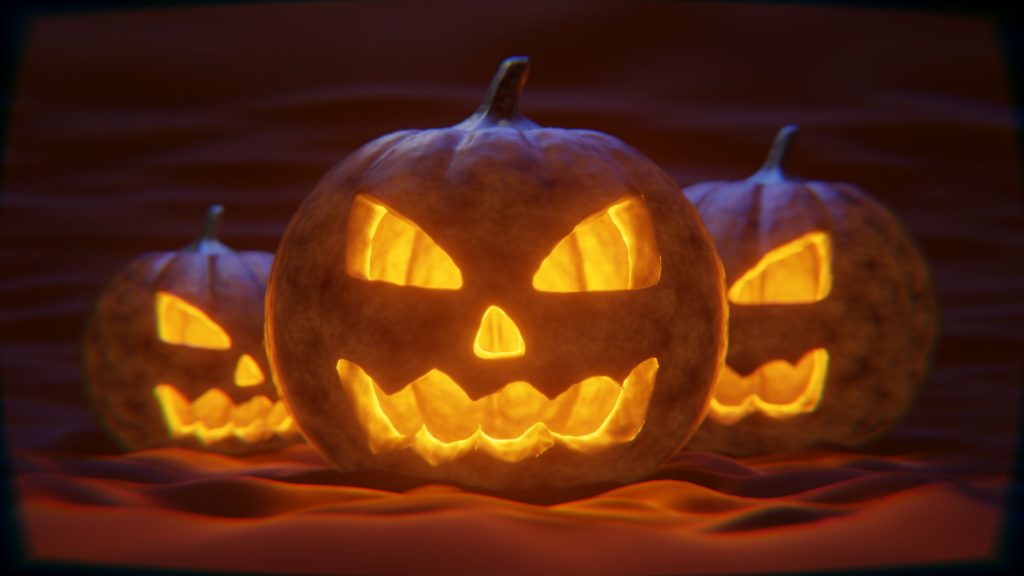
The Jack-’O-Lantern in pumpkin form soon became inseparable from the celebration of Halloween as it developed, a glowing emblem of that most hair-raising time of year. In 1820, Washington Irving had the Headless Horseman chucking a pumpkin at Ichabod Crane but it wasn’t long before subsequent retellings of the story saw him wielding a fiery carved version of the fruit instead.
Authors and journalists began spilling considerable ink in the name of this recent development — the first known printing of the term “Jack-’O-Lantern” as it relates to the pumpkin appeared in gothic writer Nathaniel Hawthorne’s Twice-Told Tales in 1837. A lit, carved squash had captured the collective imagination and a holiday had its mascot, so to speak.
Once we had put knife and candle to the pumpkin, Halloween was celebrated with increasing fervour year after year, ultimately bringing us to a time when, thanks to a lit Jack-‘O-Lantern in the window, kids dressed as The Hulk ring your doorbell on a weeknight, demanding sugar. And you happily oblige. And Hulk happy, no smash.
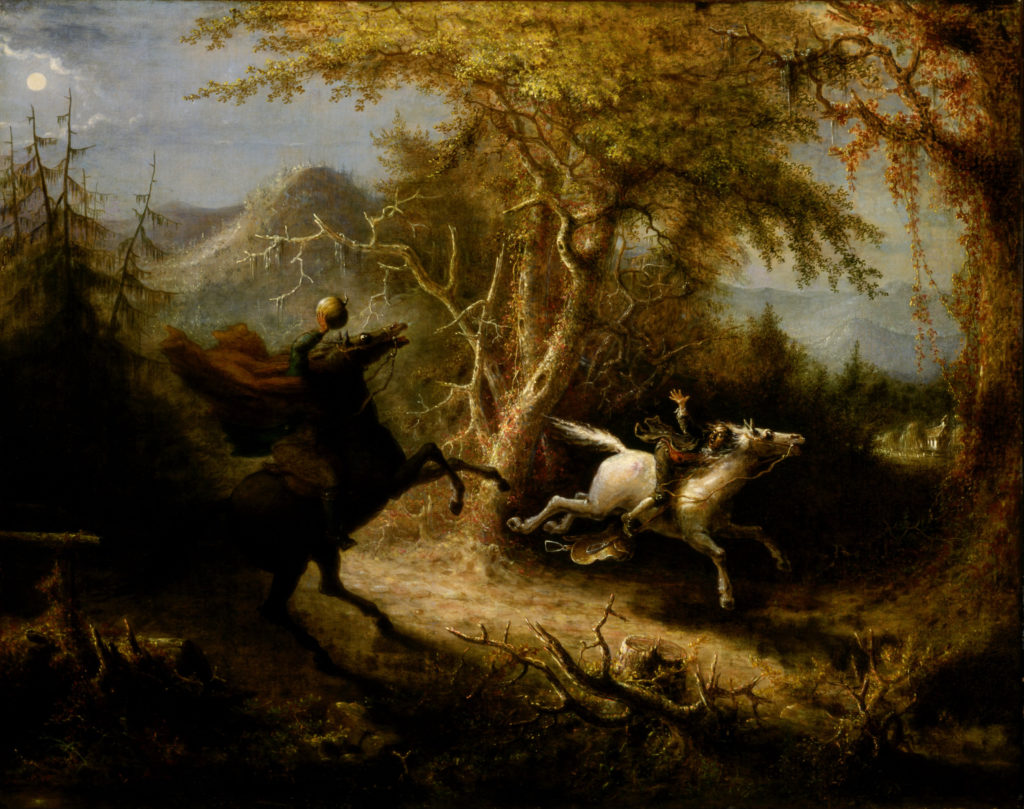
GET CARVIN'
From its humble beginnings as one of the world’s oldest domesticated crops, to its blessing the pages of our most beloved fairy tales, to being launched out of homemade cannons just for the hell of it, the pumpkin has been with us through a lot. The harvest is in and now is the time to go out and bring some of those beauties home; you’ll see, it’ll really tie your fall together.
And so, this Halloween, we invite you to do a little carving of your own, light up your handiwork, then sit back and think on that truly great pumpkin while you bask in an orange glow that no rutabaga could ever possibly bestow.
Michael Emeleus
NEVER MISS OUT
BE THE FIRST TO GET OUR LATEST POSTS
SIGN UP FOR OUR MONTHLY NEWSLETTER TODAY!
RECENT POSTS

WHERE’S THE TONGUE? STREET TACO BLISS IN CABO SAN LUCAS
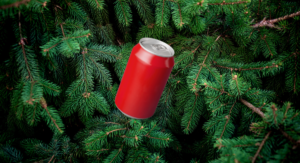
SPRUCE BEER: A BRIEF HISTORY OF EVERGREEN CHEER
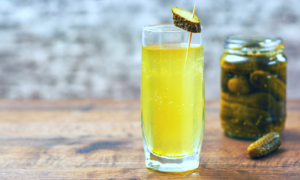
5 FUN PICKLE FACTS THAT’LL LEAVE YOU PUCKERED

FOR THE LOVE OF PICKLES: A BIG BARREL OF HISTORY

